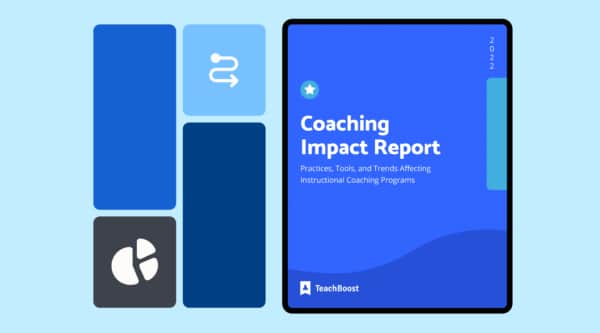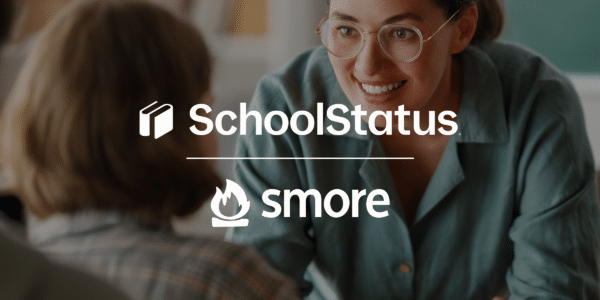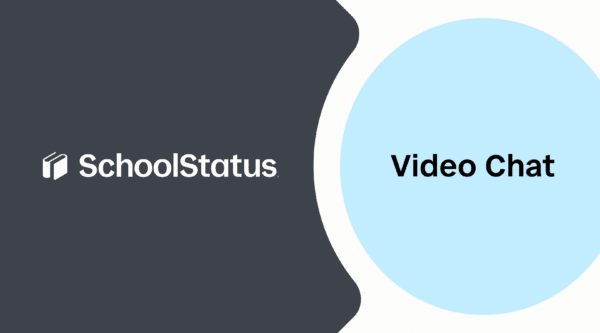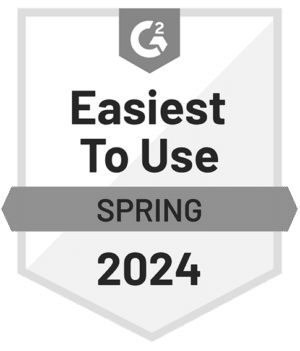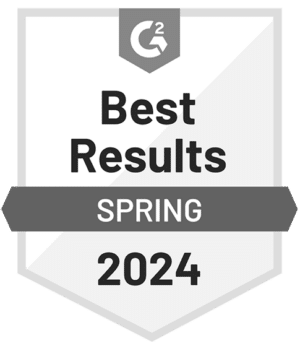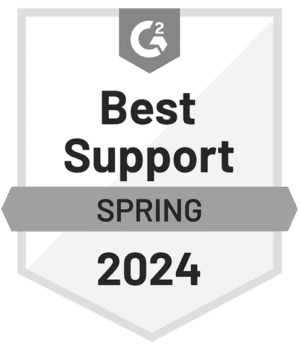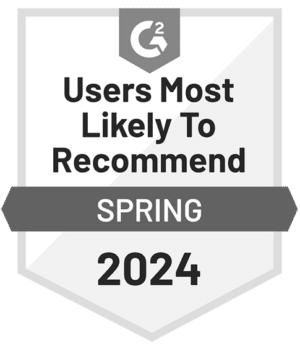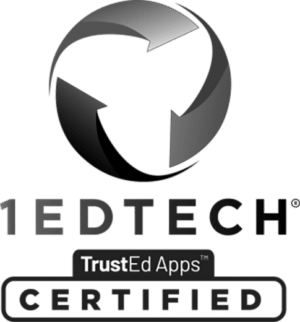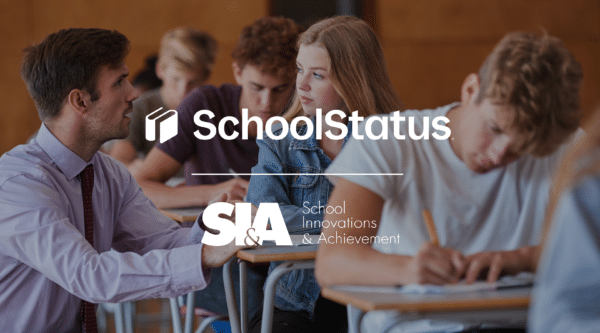

Every teacher is familiar with the Sunday night dread that descends on the last night of break. After days or weeks of time away, it seems impossible to imagine a successful return from spring break. Nevertheless, savvy educators have a set of practices that can make the return a positive experience for all.
Page Contents
- Acknowledge and Mark the Disruption of Spring Break
- Re-Establish Community After Spring Break
- Ease Back In
- Succeed Together
- Commit To Finish Well
- Bottom Line
Acknowledge and Mark the Disruption of Spring Break
Jumping back into class and learning is an abrupt transition for everyone. After settling into a non-school routine, it can be jarring to change sleep schedules and show up on time. Students will take their cues from each other, but especially from the teacher, so breaking the ice about how everyone is feeling can shape a constructive conversation. Some good discussion or writing prompts to get students emoting could include:
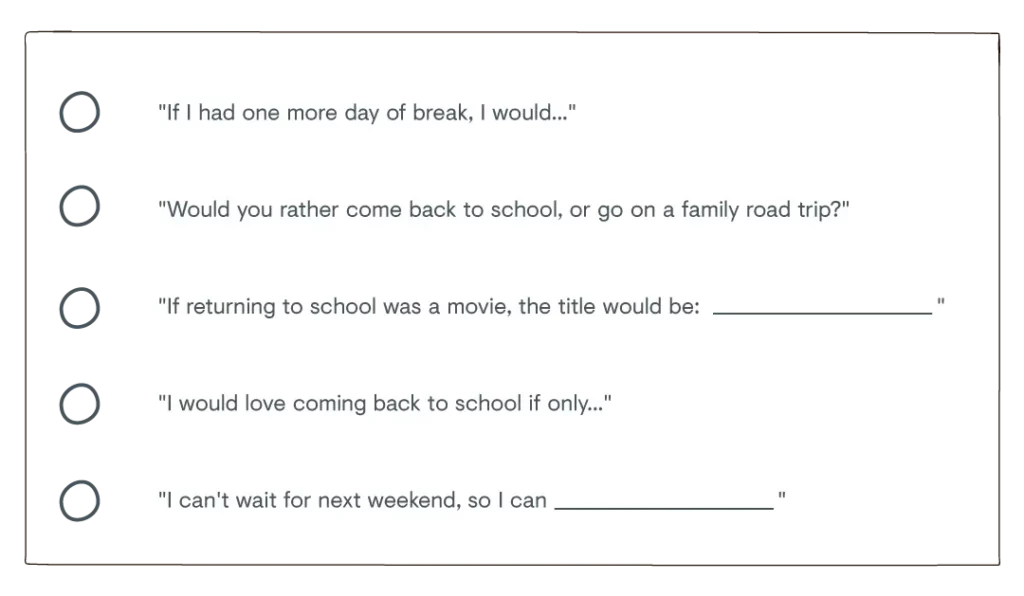
The point of prompting some creative and emotive thinking is to let students mark that ending the break is a significant event. Some students will be energized and others will be tired, but everyone is affected by a change in rhythm. Verbalizing that experience, with conversation or writing, is a healthy way to promote self-awareness, empathy, and identify shared perspectives.
Re-Establish Community After Spring Break
Along with acknowledging the individual experiences of break and return, the first day back is a great opportunity to re-establish the classroom community. If your class includes expectations or guides like a social contract or classroom rules, break +1 is a great day to revisit and revise those standards. It’s also a prime opportunity for students to re-introduce themselves and establish some interpersonal connections.
Some ideas to build classroom community might be:
- What is our class reputation? What do you want it to be?
- Are there any class rules we should change or add?
- Use alliteration to pick a new classroom name:
- Name/Verb/Animal Kim Kicking Kangaroo or Sean Sleepy Sloth
- Place/Name “Cincinnati Cindy” or “Kansas Kelly”
- Use a “three corners” exercise to position students in agreement, disagreement, or neutrality about statements like:
- Things in the world are getting better every year
- Friends are more important than money
- I’d rather be poor and travel than be rich and stuck in one place
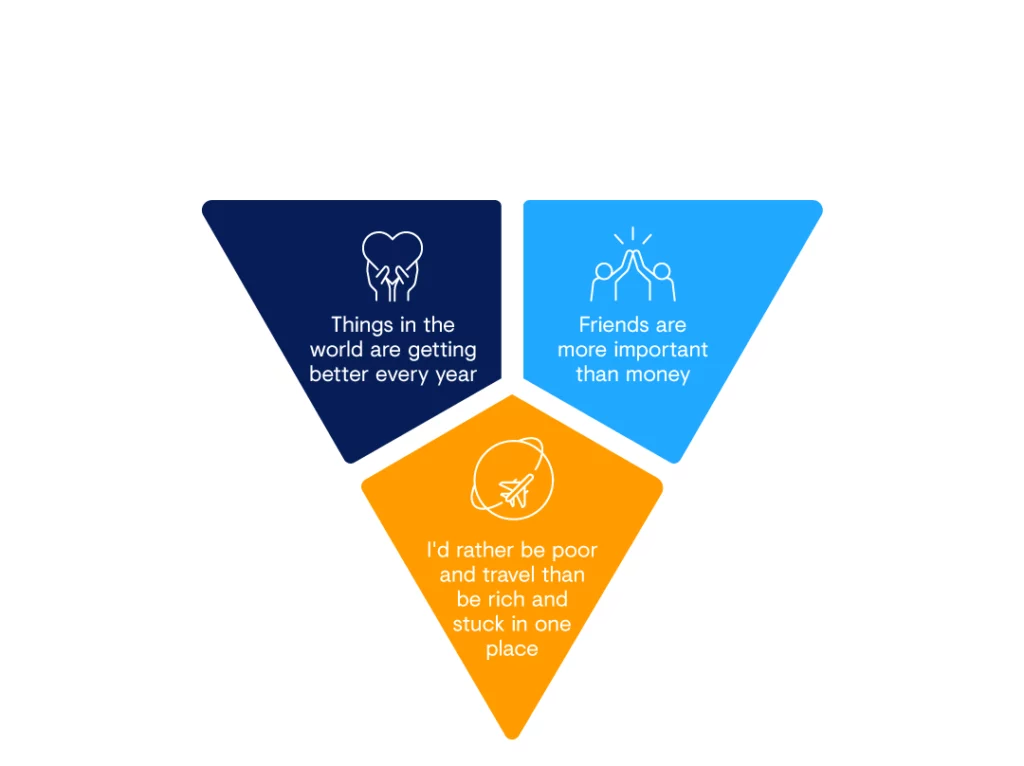
Helping structure conversations that reveal values and priorities is one of the best ways to energize the community and create an atmosphere where no student is anonymous. Belonging needs draw us into the community, so facilitating a discussion of belonging can get your classroom community growing again.
Ease Back In
It’s tempting to “hit the ground running” after a break. There is always more content than time, and teachers may project their own energy and urgency onto the students. Students, however, may need a gradual return to build up their scholarly stamina.
Some of the routines and practices that students mastered before the break are faded or forgotten, so teachers who plan a gradual acceleration to standard routines may have more success helping students pick up speed. As educators, we are familiar with the summer slide and academic regression during breaks. But scholarly behaviors are learned skills, and they may need a tune-up or reinforcement after a short or longer pause.
Instead of launching with major projects or standard-length assignments, give students bite-sized work with short timeframes to rebuild the habit of planning and producing. Even though the gradual return may feel too slow, students who regain confidence can go farther and faster than those who stumble or withdraw from an overload of work.
Succeed Together
Part of rebuilding students’ confidence and capacity is reminding them what success and accomplishment feel like. Playing familiar songs, revisiting concepts from earlier in the year, solving puzzles, or simply demonstrating productive scholarship are all ways to prove to students their own ability.
Grouping students into competitive teams with low-stress academic competitions is a safe and playful way to reset students’ ability to focus and think. Playing games like classroom Jeopardy or team trivia can give students an opportunity to affirm each other and feel good about being back in class.
Imagine the difference on day two between students that had a fun and energetic day one compared to those who felt drained and overwhelmed. Even one day invested in the emotional care of students will pay dividends for learners and teachers in the weeks ahead.
Commit To Finish Well
When students are back in rhythm, probably not on the first day back, raise the question of goals and commitments. If the break was a time to pause and refresh, now is the time to build on that energy and accomplish important learning. Helping individuals and groups of students to set academic goals gives students a sense of agency in their own work, and can establish relevance and value for the lessons ahead.
A math teacher might show a complex, multi-part problem that “no student can solve today, but every student will solve by this summer.” An English teacher might promise to help students write one poem and one story they can share with family when they go on their next break—or read one great book by the time the next break ends. Whatever the interlude before the next break, taking advantage of that milestone is a practical way to make learning goals explicit and develop a habit of planning and achievement.
Bottom Line
Returning from time away is hard, but every teacher can ensure a successful return from spring break with thoughtful planning and patient methods. Designing the first day back to focus on students more than content, will equip students for deeper learning further down the calendar.
Reframe the return from spring break as a springboard rather than a sentence. Show students that you are grateful to be back together and hopeful that great learning is ahead. Let your optimism and preparation become a self-fulfilling prophecy of a strong re-launch for meaningful learning.
Stay Connected
News, articles, and tips for meeting your district's goals - delivered to your inbox.





